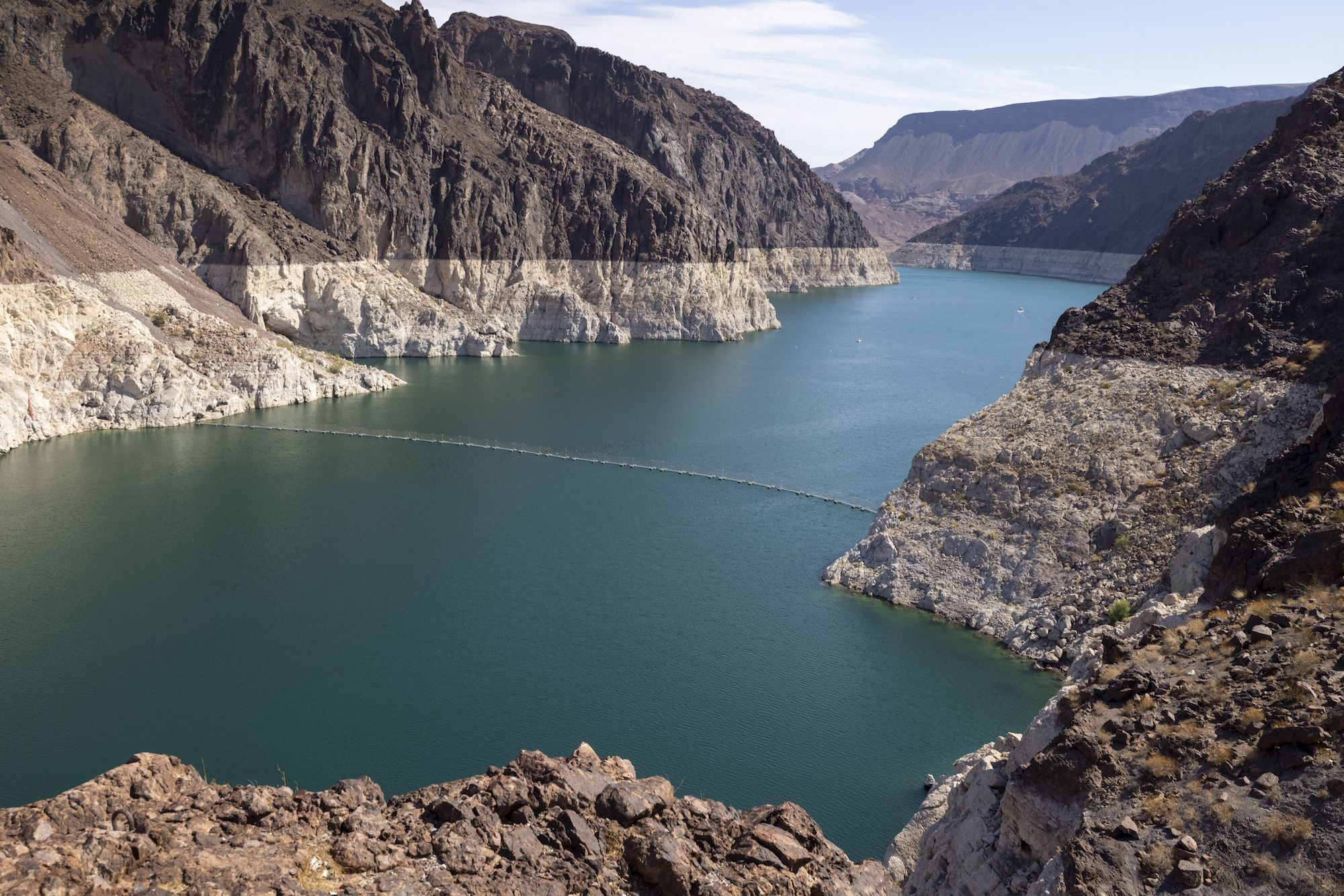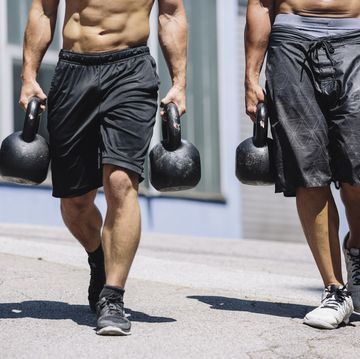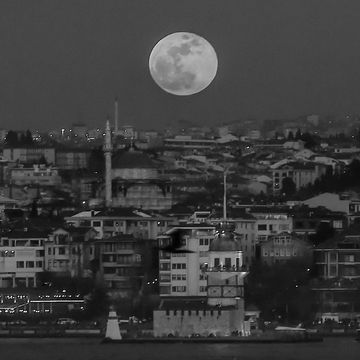Not long ago, we mentioned that Lake Mead, the water source for 25 million people and for massive tracts of American farmland, and a big part of the existence of the states of California, Nevada, and Arizona, was reaching record lows. As the Los Angeles Times illustrated with one terrifying photo, the problem is getting worse, and quickly, too.
But after years of an unrelenting drought that has quickly accelerated amid record temperatures and lower snowpack melt, the lake is set to mark another, more dire turning point. Next month, the federal government expects to declare its first-ever shortage on the lake, triggering cuts to water delivered to Arizona, Nevada and Mexico on Jan. 1. If the lake, currently at 1,068 feet, drops 28 more feet by next year, the spigot of water to California will start to tighten in 2023.
The crisis, said Eric Kuhn, former general manager of the Colorado River Conservation District, can no longer be ignored. “According to Merriam-Webster, a drought is a temporary condition,” he said. What is happening, he suggested, is something more permanent and troubling. “This is aridification.”
Annnnnd, we learn a new word.
There’s some don’t-worry-not-a-crisis-yet happy talk in the story from the U.S. Bureau of Reclamation. The folks in and around Lake Mead, and who make their living from it, are far less sure.
“We’re hoping there’s a silver lining with people who don’t get out on motorized boats and maybe kayak instead because you can launch a kayak anywhere,” said the store’s co-owner, Tommy Middleton. “We feel the economic impact everywhere. Fewer boaters pulling up to fill their gas. People who have their boats stored at marinas might not want to pay fees if they can’t use their boats. The chain effect goes on.” Middleton said his problems were small compared with the bigger issues at hand.“It’s fun to go paddle-boarding and kayaking, sure,” said Middleton, 42. “But anything that feeds off the Colorado River is down. That’s bad news because the waterway is here to support us and sustain us.”
Lake Mead and the Colorado River are created from melted snow that flows into La Poudre Pass in the Rocky Mountains. Seven Western states — California, Wyoming, Colorado, New Mexico, Utah, Nevada and Arizona — as well as 29 tribes and Mexico depend on the water from the river. Each has signed successive treaties stating how much they receive from the river and dams, with the current agreements expiring in 2025.
If it looks like one problem is piling on top of the other, and they’re all entangled with each other, that’s because they are. Get used to it. That’s the way the world works now.

Charles P Pierce is the author of four books, most recently Idiot America, and has been a working journalist since 1976. He lives near Boston and has three children.













